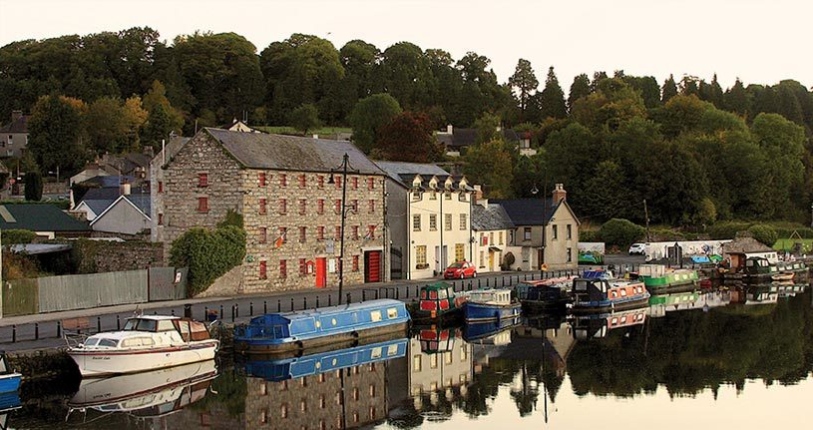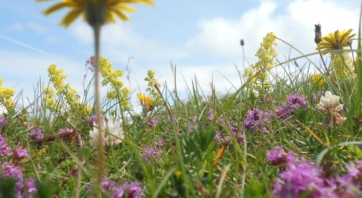Overview
The programme was introduced by the Heritage Council through its Irish Walled Towns Network (IWTN) in 2005. It is delivered in partnership with the local authorities, government departments, Tidy Towns and Spatial Planning Units, Fáilte Ireland and Chambers Ireland. Its success has resulted in expansion to include non-walled historic towns.
What is the public realm?
The public realm broadly refers to those areas of a town or city to which the public has access. It includes streets, footpaths, parks, squares, bridges and public buildings and facilities.
These public spaces give a town its character and also determine how inhabitants and visitors circulate, travel and interact within the town’s environs.
The public realm therefore has a significant impact on how a town or city functions and on its attractiveness as a place in which to live and work, or as a destination for tourism and investment. How it is planned, designed and managed is therefore very important.
Aims and Objectives
Public Realm Plans set out the details of phased co-ordinated projects that will enhance and improve the way historic town centres function on a day-to-day basis.
Their goal is to provide long-term socio-economic, cultural and environmental benefits for residents, communities, businesses, and visitors.
Public Realm Planning tasks involve:
- generating audits and appraisals to take stock of the heritage of historic towns;
- determining which features in town centres are valued by communities;
- establishing a shared vision for the future and
- formulating five-year strategic plans to realise that vision.
Resources



